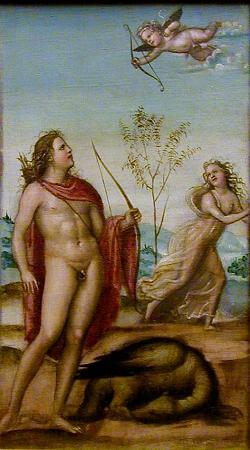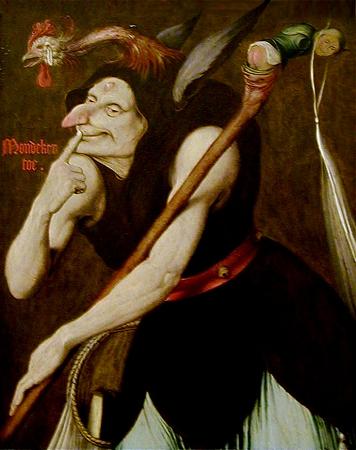Worcester Art Museum. The Worcester Art Museum, also known by its acronym WAM, houses over 38,000 works of art dating from antiquity to the present day and representing cultures from all over the world. WAM opened in 1898 in Worcester, Massachusetts, and ranks among the more important art museums of its kind in the nation. Its holdings include some of the finest Roman mosaics in the United States, outstanding European and American art, and a major collection of Japanese prints. Since acquiring the John Woodman Higgins Armory Collection in 2013, WAM is also home to the second largest collection of arms and armor in the Americas. In many areas, it was at the forefront in the US, notably as it collected architecture, acquired paintings by Monet and Gauguin, presented photography as an art form The Worcester Art Museum also has a conservation lab and year-round studio art program for adults and youth. In September 1896, Stephen Salisbury III and a group of his friends founded the Art Museum Corporation to build an art institution for the benefit of all. Salisbury then gave a tract of land, on what was once the Salisbury farm, as well as $100,000 USD to construct a building designed by Worcester architect Stephen C. Earle. The museum formally opened in 1898 with the Rev. Daniel Merriman as its first president. The museum's collection then consisted largely of plaster casts of antique and Renaissance sculptures, as well as a selection of 5,000 Japanese prints, drawings, and books, willed to the museum from John Chandler Bancroft, son of John Bancroft. In 1905, Stephen Salisbury died and left the bulk of his five million-dollar estate to the museum. The Worcester Art Museum continued to grow and slowly amassed one of the important art collections in the country, with some of the significant early works donated or loaned by the artist and collector Helen Bigelow Merriman. Between 1932 and 1939, the Worcester Art Museum joined a consortium of museums and institutions to sponsor expeditions to the archaeological sites where the city of Antioch once stood. This group of museums, including Princeton University, the Musee du Louvre, the Baltimore Museum of Art, and Harvard University's affiliate, Dumbarton Oaks, discovered hundreds of intricate floor mosaics. The Antioch mosaics, as they are now known, were split up among the institutions The WAM received many mosaics including the Worcester Hunt, which is now installed in the Renaissance Court's floor. On May 17, 1972, the museum suffered a major theft of artwork. Two men wearing masks entered the museum just before closing. The two men stole The Brooding Woman and Head of a Woman by Paul Gauguin, Mother and Child by Pablo Picasso, and St. Bartholomew, then attributed to Rembrandt, a collection of works worth over one million dollars. Four individuals were charged with the theft as well as the theft of seven artworks stolen from the Boyden Library at Deerfield Academy. In 2013, Worcester's Higgins Armory Museum closed its doors and its renowned collection of arms and armor was integrated into WAM's. A permanent arms and armor gallery will open no later than 2023; in the meantime, major works from the Higgins collection are on view in galleries throughout the museum, alongside Greek, Roman, Asian, and European works of art. The museum is also rethinking its institutional narrative, leveraging the quality and depth of the collection to tell a story that is an alternative to those told by other museums in the area. The guiding principle for this endeavor is WAM's new mission statement: The Worcester Art Museum connects people, communities, and cultures through the experience of art. The Worcester Art Museum started as a small three-story building, designed by Stephen Earle and constructed by Messrs. Norcross Brothers, in 1898. Very little of the exterior of this original building can be viewed due to the multiple expansions the museum has undertaken. In 1927, the museum purchased a 12th-century French chapter house that was originally part of the Benedictine Priory of St. John at Le Bas-Nueil near Poitiers. Installed in 1932, and linked to the museum in 1933 via the grand Renaissance Court, the chapter house was the first medieval building ever transported from Europe to America. Decorating the Renaissance Court floor is unequivocally one of Worcester's greatest ancient treasures-a group of Antioch mosaics dating from the first through the sixth century A.D, which was excavated at Antioch in Syria. The museum building has expanded several times, in 1940, 1970, and 1983. The Frances L. Hiatt Wing is designed for special exhibitions; study and storage area for prints, drawings, and photographs; and an expanded conservation area.
more...














